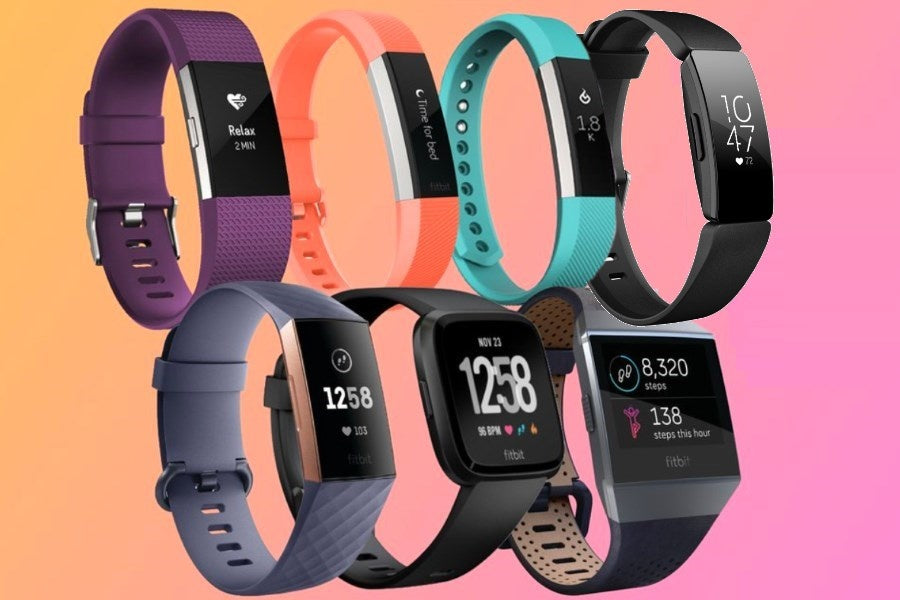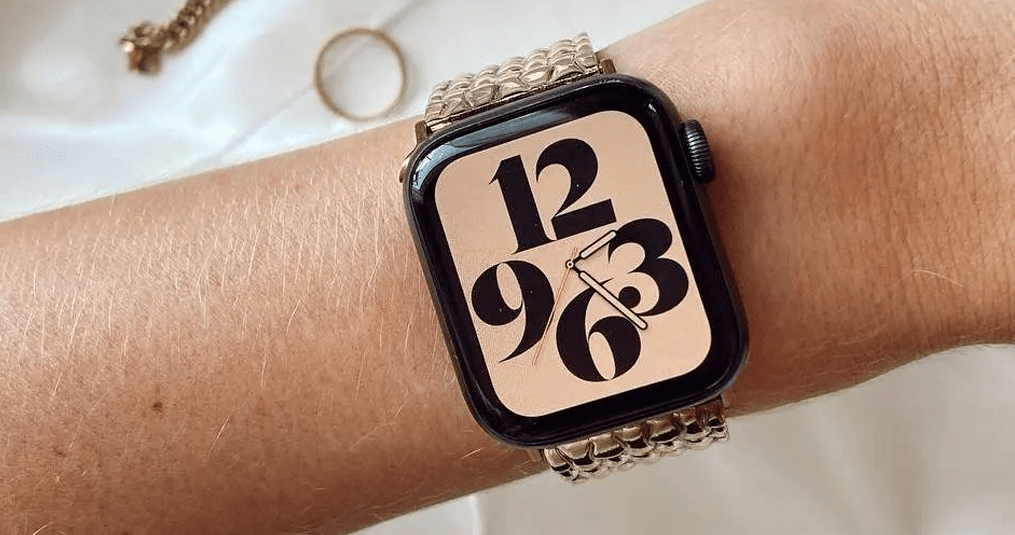The 5 Biggest Differences Between a Smartwatch and a Traditional Watch
Some differences are quite obvious, but here are the five most important ones:
- With a smartwatch, you can quickly check notifications – not possible with a traditional watch.
- A good smartwatch will easily cost over €200, while a traditional watch can range from €50 to tens of thousands.
- A traditional watch always shows the time, while a smartwatch often has a black screen when not in use.
- A traditional watch generally lasts longer than a smartwatch.
- A smartwatch needs regular charging, while a traditional watch battery is usually replaced only once every two years.
Advantages of a Smartwatch
Smartwatches are becoming increasingly popular. Many traditional watch owners are switching to smartwatches because they offer many extra features compared to regular watches.
1. More Affordable Than a Traditional Watch
On average, smartwatches are cheaper than high-end traditional watches. While a high-end smartwatch like the Apple Watch costs under €500, luxury brands such as Breitling or Rolex can cost thousands.
2. Quick Access to Notifications
Perhaps the most convenient feature of a smartwatch is the ability to instantly see messages from WhatsApp, Telegram, or SMS. Most models also allow quick replies via preset responses or a small on-screen keyboard.
3. GPS, Payments & Health Tracking
Built-in GPS makes navigation and tracking activities easier. Payments are also simple with features like Apple Pay. Many models track heart rate, calories burned, and even blood pressure. Brands like Apple, Fitbit, and Samsung place a strong focus on health features.
4. Customisable Straps
Smartwatch straps are relatively inexpensive compared to traditional watch straps. For example, luxury Apple Watch straps start at just €8.95 at Smartwatch-straps.co.uk. Traditional watch straps for €500+ watches can cost over €90.
5. Extra Screen Protection
Unlike traditional watches, smartwatches can be fitted with screen protectors to prevent scratches and damage.
Disadvantages of a Smartwatch

Owning a smartwatch also has its drawbacks compared to a traditional timepiece.
- More Screen Time: You may find yourself looking at screens even more throughout the day.
- Black Screen When Idle: The display switches off when not in use, leaving a plain black surface.
- Frequent Charging: Most models last 2–4 days on a charge, but many owners charge daily.
- Small Screen: Despite larger displays on newer models, touchscreens remain small compared to smartphones.
- Bulkier Design: Internal electronics and batteries make smartwatches thicker than many traditional watches.
Advantages of a Traditional Watch
- Timeless Design: Traditional watches have a classic look that remains stylish for decades.
- Outfit Versatility: They complement most outfits, even when not in use.
- Longevity: High-quality mechanical watches can last a lifetime with proper care.
Disadvantages of a Traditional Watch
The biggest drawback is the lack of smart features. A traditional watch cannot display notifications, track your activity, or support GPS.
Smartwatch vs Traditional Watch – Comparison Table
| Smartwatch | Traditional Watch | |
|---|---|---|
| GPS | Yes | No |
| Daily Charging | Yes | No |
| Fitness Tracking | Yes | No |
| Black Screen in Standby | Yes | No |
| Lifespan | 2+ years | 10+ years |
| Payments | Yes | No |
| Price Range | €€ – €€€ | € – €€€€€ |
Which One Should You Choose?
It depends on your needs and lifestyle. If you love technology and want quick access to notifications, payments, and health tracking, a smartwatch is a great choice. If you prefer a timeless, maintenance-friendly piece, a traditional watch may be better suited. Sporty individuals often benefit most from the smart features of a smartwatch, while style-focused users may prefer a classic analogue watch.

![Smartwatch or regular watch [Pros and cons]](http://smartwatch-straps.co.uk/cdn/shop/articles/smartwatch-of-een-gewoon-horloge_33b6de84-ee9d-4651-ac9f-3065c864e6d2.png?v=1755162590&width=1500)


Leave a comment
All comments are moderated before being published.
This site is protected by hCaptcha and the hCaptcha Privacy Policy and Terms of Service apply.